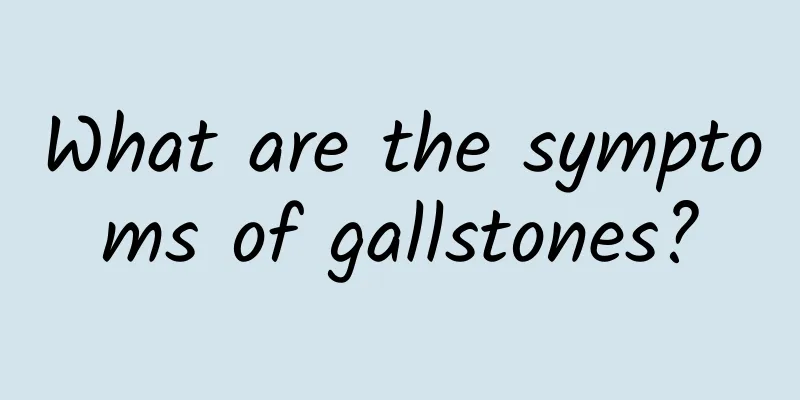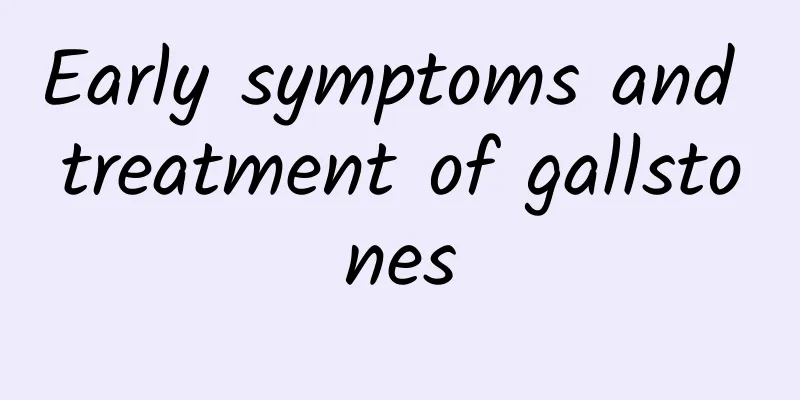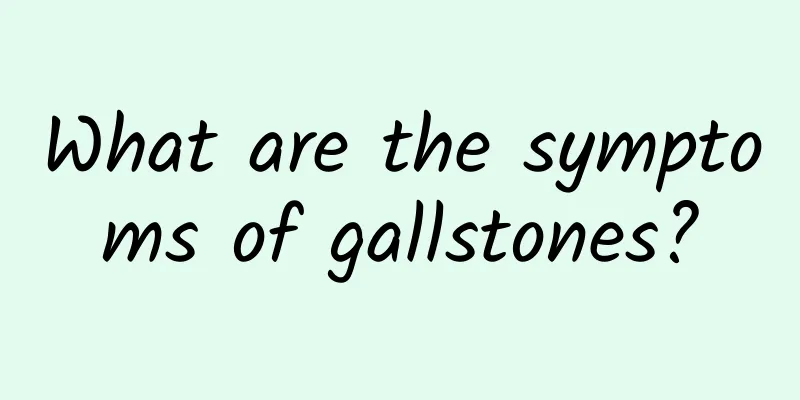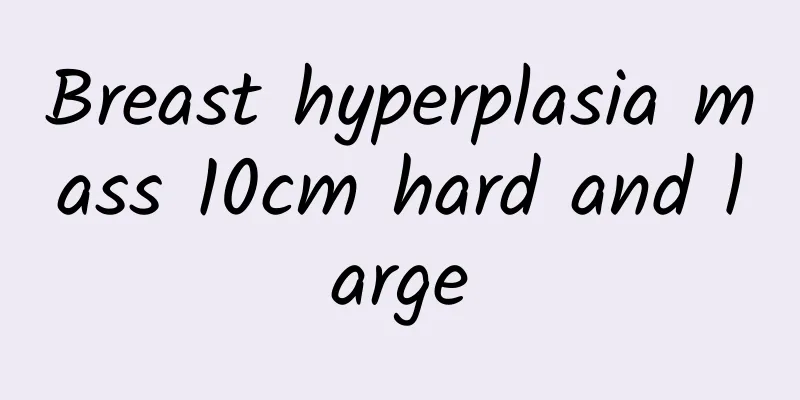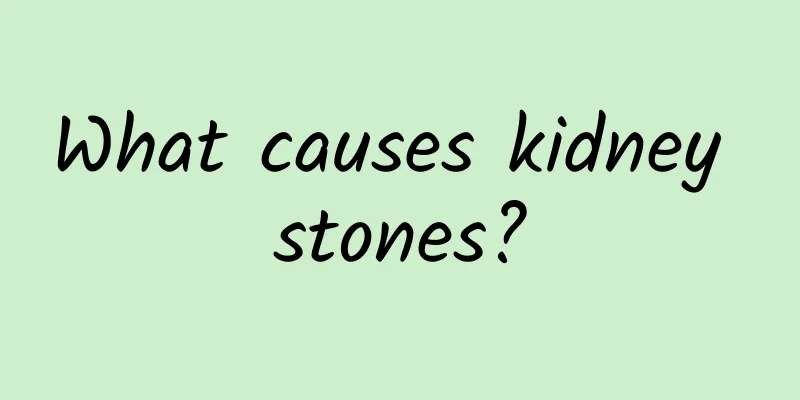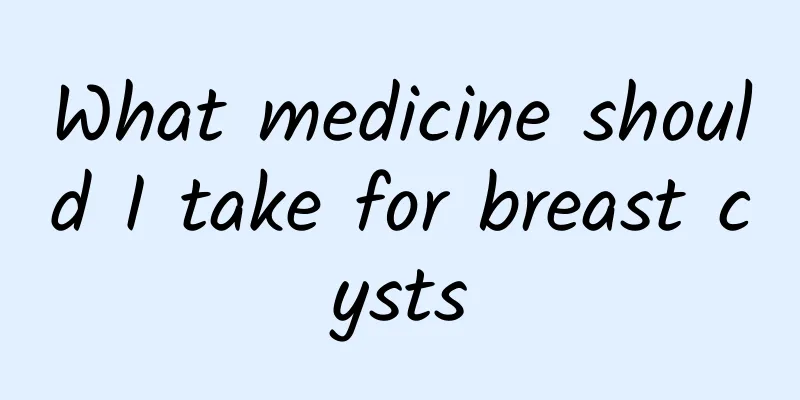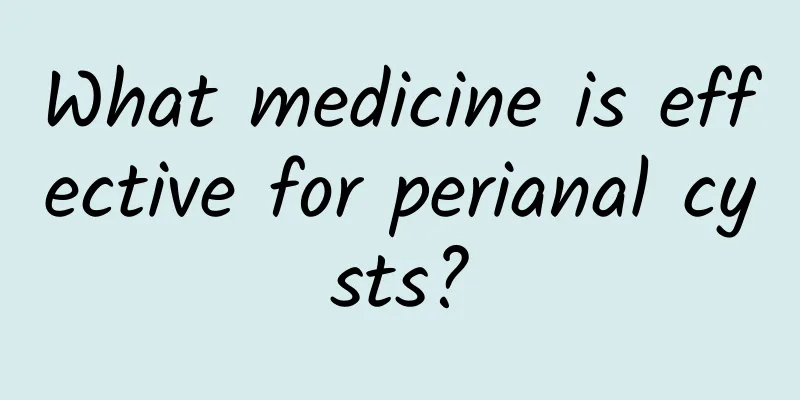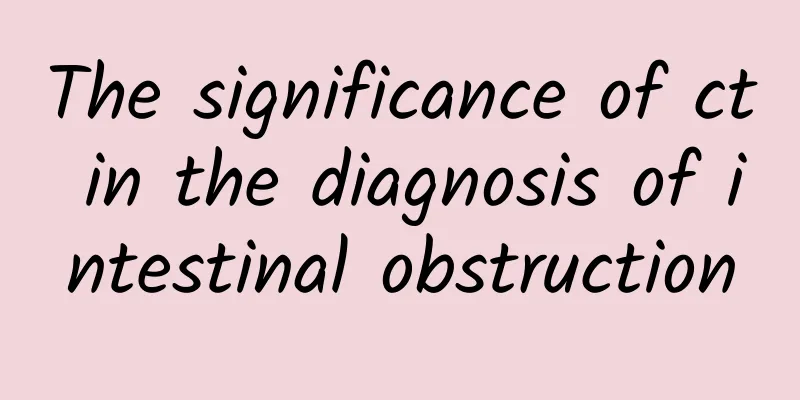What is cervical spondylosis?
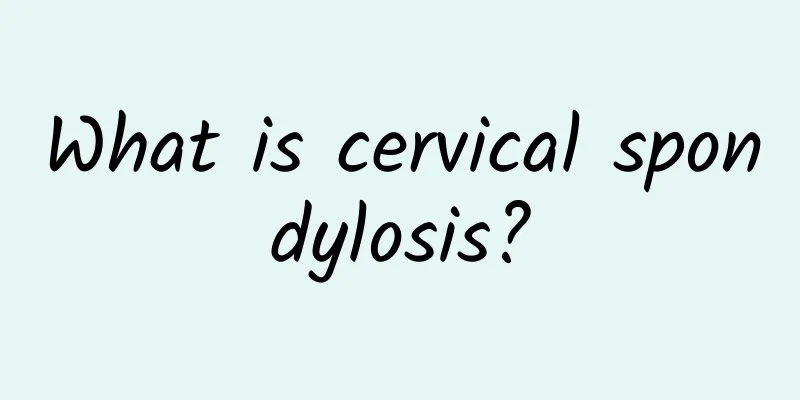
|
What is cervical spondylosis? 1. Cervical spondylosis is often caused by degenerative lesions of the cervical spine, or bone hyperplasia, herniated disc and other problems, which compress the nerves, blood vessels or spinal cord and cause symptoms such as pain, numbness and discomfort in the neck, shoulders and upper limbs. Some patients may even experience upper limb weakness. 2. In clinical practice, different types of cervical spondylosis are classified according to different symptoms of patients. The most common types are cervical type and nerve root type. The cervical type is characterized by stiff neck and pressure; the nerve root type may also be accompanied by numbness of the upper limbs, or pain, weakness, etc. In addition, the vertebral artery type can also be seen, with symptoms of headache and dizziness. Methods of TCM treatment of cervical spondylosis Traditional Chinese medicine treatments for cervical spondylosis include acupuncture, massage, physical therapy, etc., and the treatment effect is immediate. Among them, acupuncture treatment often chooses acupuncture combined with moxibustion for conditioning at the same time. If the patient has recurrence of cervical spondylosis after catching a cold, it can be combined with moxibustion, cupping, scraping, etc. for treatment, and the effect is more significant. In addition, acupuncture can also be combined with electroacupuncture treatment, which has a significant effect on relieving muscle spasms and promoting local blood circulation. After the patient is diagnosed with cervical spine disease, the type of disease needs to be confirmed by a professional physician and a treatment plan should be formulated accordingly. How to classify cervical spondylosis The five most common types of cervical spondylosis are: 1. Neck type: stiffness in the neck, and even stiffness and discomfort in the back and shoulders; 2. Radiculopathy: In addition to stiffness in the neck, shoulders, and back, numbness or pain in the upper limbs may also be seen; 3. Vertebral artery type: patients may experience headache, dizziness, tinnitus, and neck discomfort; 4. Spinal cord type: mostly caused by compression of intervertebral disc herniation, with muscle atrophy or weakness on one side of the upper limb; 5. Sympathetic nervous type: Cardiovascular symptoms may occur, such as panic, heart palpitations, precordial pain, etc. Most patients go to the cardiology department for examination and everything is normal, and are finally diagnosed with sympathetic nervous type cervical spondylosis. |
<<: Is non-gonococcal urethritis contagious?
>>: What are the main symptoms of carotid artery aneurysm and how to prevent carotid artery aneurysm
Recommend
Can I eat sea cucumber if I have breast cyst?
Patients with breast cysts can generally eat sea ...
What medicine is used for chronic proctitis
The incidence of chronic proctitis is relatively ...
How to treat anal fistula caused by perianal abscess
Perianal abscess may form anal fistula, and treat...
Can I eat crabs if I have perianal abscess?
Patients with perianal abscesses should avoid eat...
How to Treat Hip Synovitis
How to treat hip synovitis? 1. Hip synovitis is a...
How to relieve tenosynovitis
Tenosynovitis refers to inflammation and lesions ...
Is intravenous drip effective for hemorrhoids?
Is intravenous drip effective for hemorrhoids? Tr...
Can congenital heart disease be cured if it is discovered at the age of 17?
Congenital heart disease was not discovered until...
What should I pay attention to when I have a breast cyst?
Most breast cysts are benign lesions, but they ne...
Does excessive liver fire easily lead to perianal abscess?
Excessive liver fire will not directly cause peri...
Nursing care of neonatal perianal abscess
Neonatal perianal abscesses usually require promp...
How to Exercise for a Tibial Intercondylar Fracture
Tibial condyle fracture is a common fracture, whi...
What tests should patients take before gallstone surgery?
Before undergoing gallstone surgery, patients nee...
Will the ventricular septal defect in newborns become more serious?
The severity of a newborn's ventricular septa...
Normal portal vein diameter
The normal value of the portal vein diameter is u...
